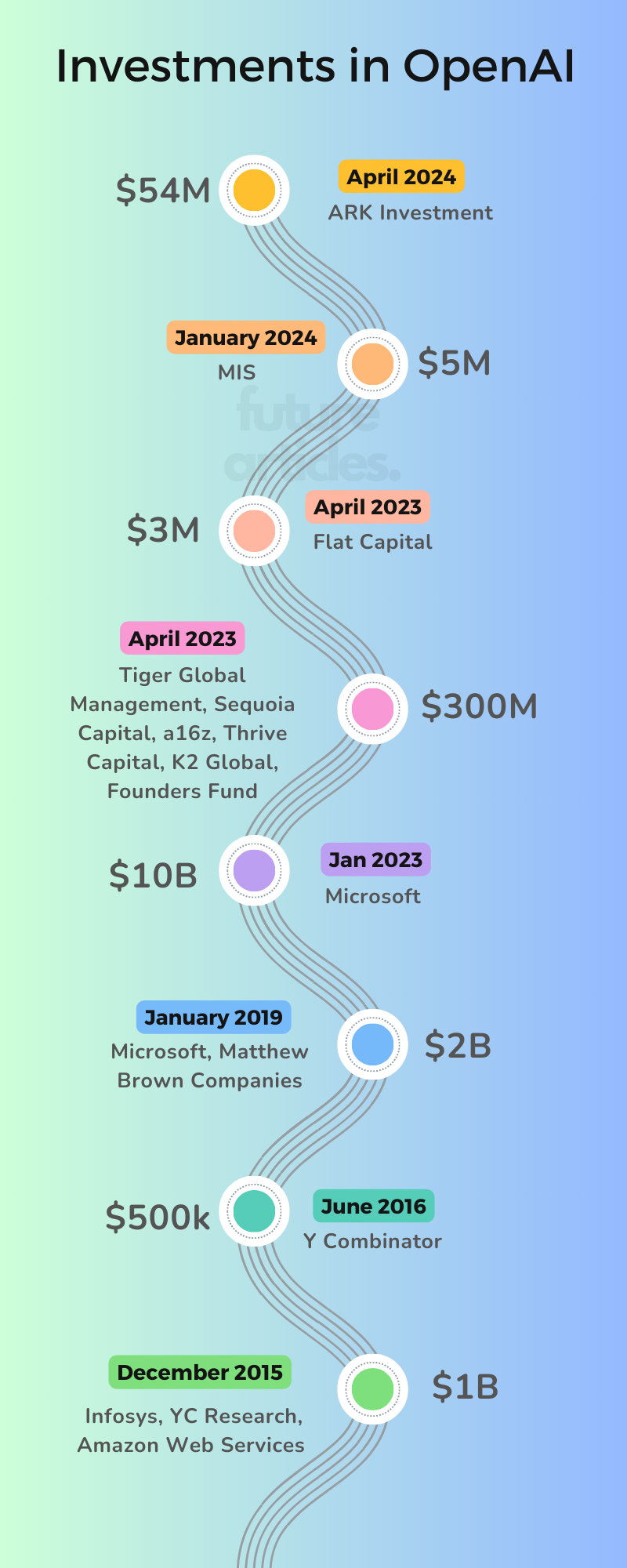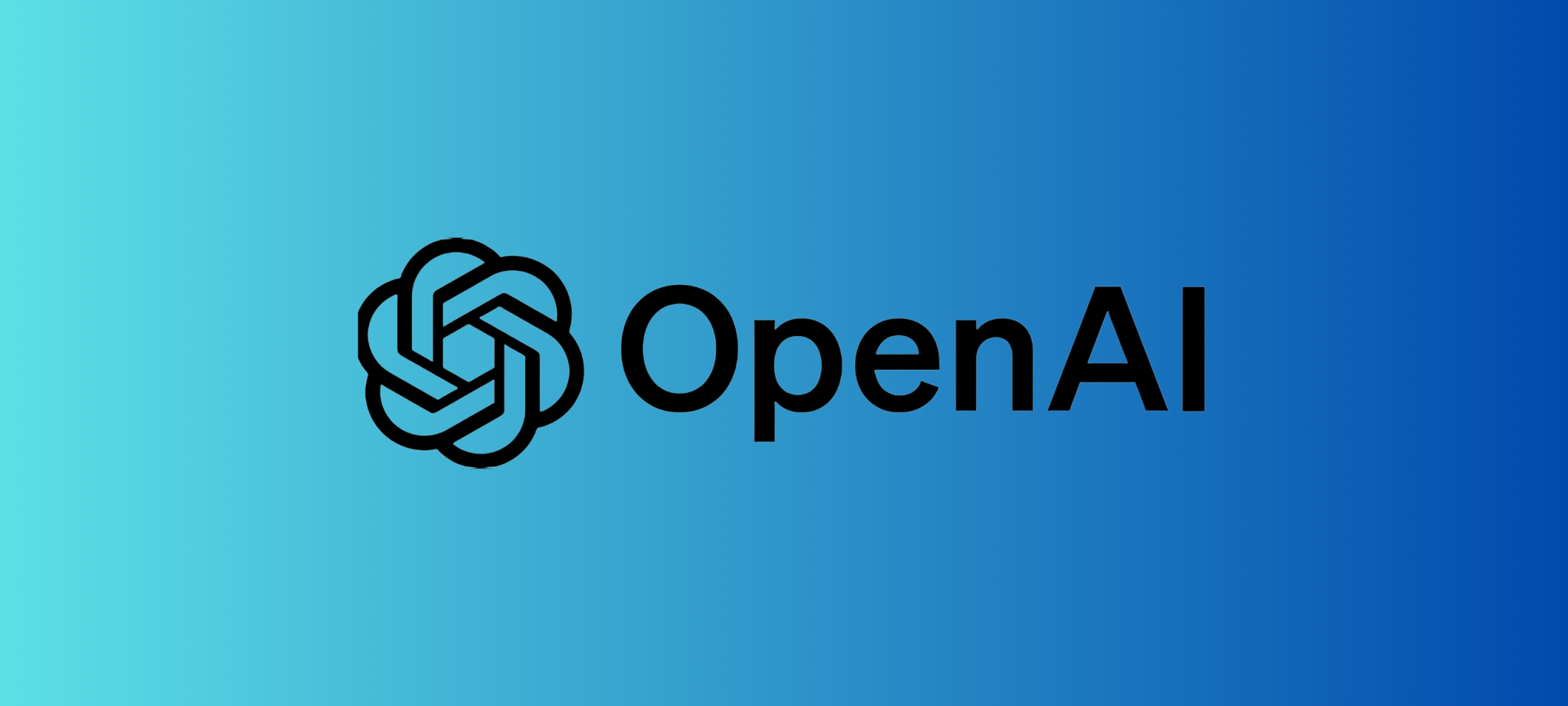In the field of artificial intelligence, OpenAI stands as a beacon of innovation and ethical AI development. Founded in December 2015, OpenAI’s mission is to ensure that artificial general intelligence (AGI) benefits all of humanity. Based in San Francisco, California, the company is strategically located at the heart of the technology industry, enabling collaboration with other leading AI and technology companies. This article will examine the goals, applications, ownership, location and various aspects of OpenAI, including its relationship with ChatGPT.
What is the Goal of OpenAI?
OpenAI aims to develop Artificial General Intelligence (AGI) in a manner that is safe and beneficial for all. AGI refers to highly autonomous systems that surpass human capabilities in economically valuable tasks. OpenAI’s primary goal is to ensure these systems are developed responsibly, prioritizing safety, fairness, and transparency. By fostering collaboration and sharing its research openly, OpenAI strives to democratize AI technology and prevent its misuse.
What Do You Use OpenAI For?
OpenAI’s technologies are versatile, serving multiple industries and applications. The most prominent uses include:
- Natural Language Processing: Tools like GPT-4 and GPT 4o are used for generating human-like text, assisting in customer service, content creation, and more.
- Code Generation: OpenAI Codex translates natural language into code, aiding developers in programming tasks.
- Robotics: Projects like Dactyl use reinforcement learning to teach robotic hands to perform human-like tasks.
- AI Research and Safety: OpenAI conducts extensive research to ensure the safe deployment of AI technologies.
Who is the CEO of OpenAI?
Sam Altman serves as the CEO of OpenAI. Altman, a co-founder, has been instrumental in steering the company towards its ambitious goals. His leadership has been pivotal in securing major partnerships and guiding OpenAI’s strategic direction.

Who Owns OpenAI?
OpenAI was initially founded as a non-profit organization. However, in 2019, it transitioned to a “capped profit” model, allowing it to attract investments while ensuring its mission-driven focus. The organization is governed by a board of directors, including influential figures from the tech industry. Microsoft is a significant investor, holding a substantial stake in the company.
Is OpenAI Making a Profit?
As a capped-profit entity, OpenAI operates with a unique financial model. While it can generate profits, these are capped to ensure that the organization’s primary focus remains on its mission. OpenAI has reported significant revenues, especially with the commercial success of models like GPT-4 and partnerships with companies like Microsoft.
OpenAI’s annual revenue has surged to $3.4 billion over the past six months, more than doubling from $1.6 billion in late 2023 and around $1 billion in the summer of the previous year. This significant increase demonstrates the accelerating expansion of OpenAI’s operations. The swift revenue growth underscores the widespread acceptance and integration of OpenAI’s conversational AI and chatbot technologies by both businesses and individual users.
How Much is OpenAI Worth?
OpenAI’s valuation is complicated by its hybrid structure. However, significant investments, including Microsoft’s $ 13 billion stake, point to its high valuation. In January 2023, OpenAI was reported to be valued at $29 billion. The company, which received many more investments afterwards, last received an investment from ARK Invest in April 2024. OpenAI company value (Enterprise valuation) is over $90 billion with the latest updates.
Which Companies Invested in OpenAI?
OpenAI has secured a range of investments from various influential entities over the years, showcasing the growing confidence in its potential and progress in the field of artificial intelligence. In December 2015, OpenAI received a significant early boost with a collective investment of $1 billion from Infosys, YC Research, and Amazon Web Services. This initial funding set the stage for the company’s rapid development. In June 2016, Y Combinator contributed $500,000, further supporting OpenAI’s early endeavors and research initiatives.
The year 2019 was marked by major financial support, with Microsoft and Matthew Brown Companies each investing $1 billion in July. These substantial investments underscored the growing interest in OpenAI’s capabilities and future prospects.

Moving forward to January 2023, Microsoft demonstrated its continued commitment with a monumental investment of $10 billion, significantly enhancing OpenAI’s resources and potential. In April 2023, a consortium of high-profile investors, including Tiger Global Management, Sequoia Capital, a16z, Thrive Capital, K2 Global, and Founders Fund, collectively invested $300 million. This influx of capital further validated OpenAI’s strategic direction and technological advancements. That same month, Flat Capital contributed $3 million, adding to the diverse mix of investors supporting OpenAI’s mission.
In January 2024, MIS joined the roster of investors with a $5 million investment, reflecting the sustained interest in OpenAI’s developments and future prospects. Most recently, in April 2024, ARK Investment Management made a significant investment of $54 million, continuing the trend of substantial financial backing and signaling strong confidence in OpenAI’s ongoing innovation and impact.
Is OpenAI the Same as ChatGPT? & Who Created ChatGPT?
No, OpenAI is the parent organization that developed ChatGPT. ChatGPT was developed by OpenAI as part of its GPT (Generative Pre-trained Transformer) series. This series includes advanced language models trained on vast amounts of text data to generate human-like responses. While OpenAI encompasses a broad range of AI research and development activities, ChatGPT is a specific product within OpenAI’s portfolio, focused on conversational AI. ChatGPT is an artificial intelligence tool with GPT-4, GPT4o, GPT-4 mini and the visual creation model DALL-E 3. Apart from these, OpenAI’s other important projects are Sora, a video generator that OpenAI is still developing, and the recently announced SearchGPT.
How Popular is ChatGPT Now?
The bar chart below represents the monthly visit statistics for ChatGPT during the second quarter of 2024. In April, the platform recorded 1.32 billion visits. This number increased significantly in May to 2.17 billion visits. The upward trend continued in June, with visits peaking at 2.44 billion. The data shows a consistent and significant growth in user engagement over this three month period, highlighting the growing popularity and reliance on ChatGPT as a valuable resource.

The primary purpose of ChatGPT is to facilitate human-like conversations. It is designed to understand context, generate coherent responses, and assist with various tasks such as answering questions, writing essays, and even coding. Its versatility makes it a powerful tool for both personal and professional applications.
OpenAI is a pioneering force in the AI industry, committed to developing AGI that benefits all of humanity. From its innovative products like ChatGPT to its ethical approach to AI development, OpenAI continues to push the boundaries of what is possible with artificial intelligence. As AI technology evolves, OpenAI’s role in shaping a safe and equitable future for AI remains crucial.


